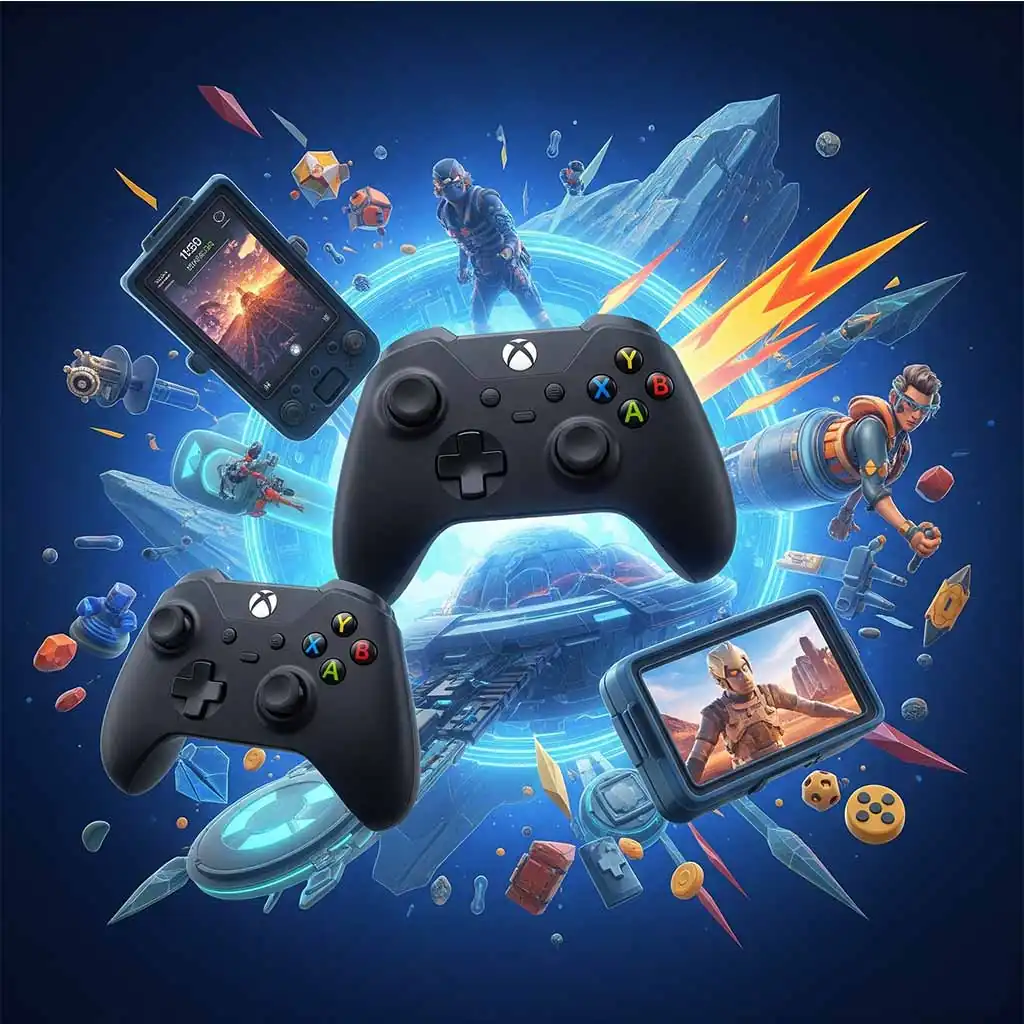History of Xbox introduction: A New Challenger Enters the Arena
Before the 21st century, the video game console market was firmly dominated by Japanese giants such as Sony, Nintendo, and Sega. These companies set the standard, innovating genres, hardware, and entertainment for millions worldwide. Into this seasoned arena, Microsoft launched the Xbox—a bold and risky move by a PC software giant to stake its claim in the gaming world. The history of Xbox is a compelling story of technological ambition, strategic acquisition, a relentless pursuit of innovation, and foresight into the future of online gaming.
Xbox was not simply another console; it represented Microsoft’s vision to revolutionize how gaming and entertainment could coexist under one digital roof. What started as an ambitious side project quickly blossomed into a gaming ecosystem that today rivals long-established brands. This article dives deep into the history of Xbox, tracing its journey from its inception to becoming a dominant force in the global gaming industry, offering the best tips and tricks for understanding its monumental legacy.
The First Generation – The Original Xbox (2001)
The Genesis of “DirectX Box”
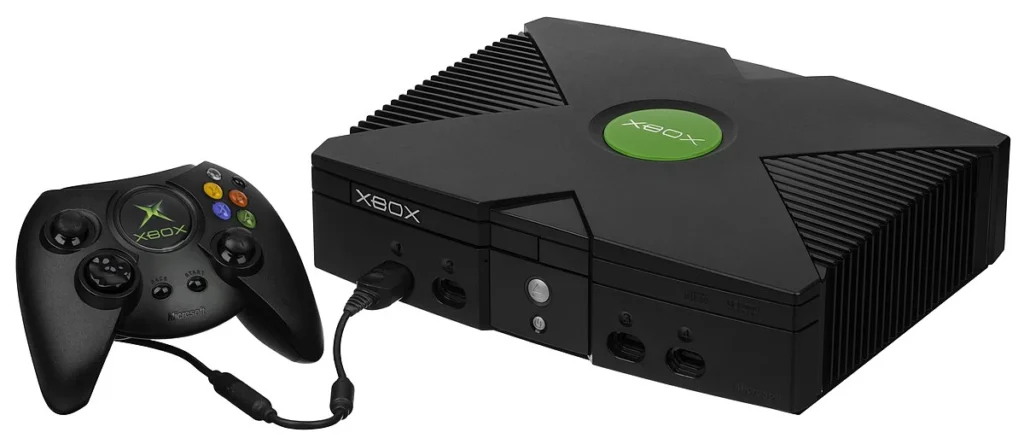
Microsoft’s journey into the gaming console business, therefore, began with a sharp sense of urgency and heightened market awareness. With Sony’s PlayStation 2 launch imminent and boasting DVD playback capabilities, many within Microsoft consequently feared that the PC would lose its central role in home entertainment. As a result, the idea emerged to create a device built on PC technology that could not only rival Sony’s dominance but also rekindle Microsoft’s presence in living rooms worldwide.
Notably, this vision was the brainchild of four pioneers, famously known as the ‘Four Musketeers’ from Microsoft’s DirectX team—Kevin Bachus, Seamus Blackley, Ted Hase, and Otto Berkes. They pitched the idea to Bill Gates and were initially met with skepticism, but their persistence and a clear vision for an online-first console eventually won him over. Subsequently, Xbox was conceived as the ‘DirectX Box,’ a name that directly referenced the proprietary collection of APIs that allowed high-quality graphics and sound rendering on PCs.
Consequently, DirectX was the ideal foundation for the console, and the name ‘Xbox’ was thus born, signaling a new era wherein PC gaming power gradually migrated into a sleek, dedicated console. This fundamental choice to build on PC architecture proved to be a key tips and tricks for its future development. It allowed developers to easily port games and leverage familiar tools, giving the Xbox a significant advantage in its early days.
The Launch and Its Legacy
Microsoft officially launched the Xbox on November 15, 2001, in North America, with subsequent launches in Japan and Europe during 2002. The console’s hardware was revolutionary for its time, far exceeding its competitors. It included a built-in 8GB hard drive, eliminating the need for cumbersome memory cards, an Intel CPU clocked at 733 MHz, and an NVIDIA GPU that offered stunning graphics for that era. One of the most forward-thinking features was the inclusion of a built-in Ethernet port, enabling online multiplayer gaming long before it became mainstream on consoles.
The launch hinged largely on its groundbreaking game titles. While the initial library was not vast, it included some heavy hitters. “Halo: Combat Evolved” was more than a game—it was a cultural phenomenon that popularized first-person shooters on consoles and became synonymous with Xbox’s early identity. It was the cornerstone of the launch lineup and positioned the console as a serious contender. Other notable titles, such as Project Gotham Racing and Dead or Alive 3, showcased the console’s graphical prowess and diverse appeal, helping to attract a broad audience.
The Beginning of Xbox Live
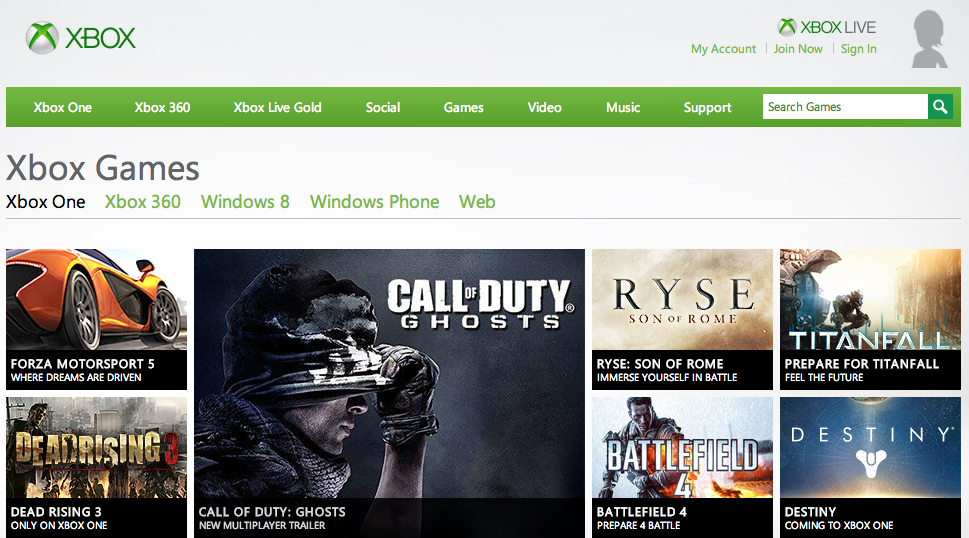
In 2002, Microsoft fundamentally changed the face of console gaming with the debut of Xbox Live. This revolutionary online service united players, allowing them to create profiles, add friends, and interact in-game with seamless voice chat across multiple games. The service required a monthly subscription, a business model that was controversial at the time but proved incredibly successful. Launch titles for the service, including Tom Clancy’s Splinter Cell and Unreal Championship, provided compelling reasons for players to jump online.
Xbox Live set the gold standard for online multiplayer, sparking a new era of social gaming on consoles and giving Xbox an edge over competitors. More than just a network, Xbox Live became a defining brand element—a community hub that broadened console gaming from solitary play to global interaction. It also laid the foundation for future services and features that are now taken for granted, from digital game purchases to cloud saves.
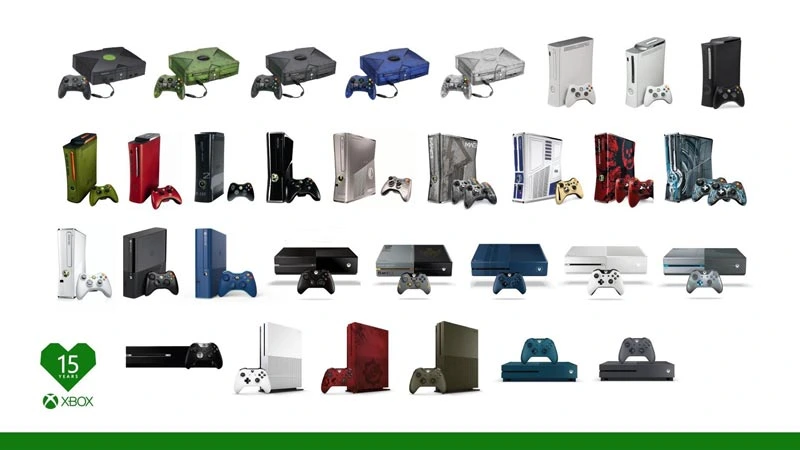
The Seventh Generation – The Xbox 360 Era
The Race to the Next Generation
Launching the Xbox 360 in November 2005, Microsoft took a daring leap by arriving a full year before its main rivals—the PlayStation 3 and Nintendo Wii. This early entry aimed to capture the market’s attention and establish Xbox’s leadership in the new generation of gaming. The Xbox 360 was a sleek, powerful machine. It was powered by a custom triple-core processor and designed to support high-definition graphics up to 1080p, focusing heavily on superior visuals and performance to appeal to serious gamers. This era also saw an expanded Xbox Live service, further enhancing social and competitive gaming experiences with the introduction of achievements and a robust digital storefront.
The Xbox 360 quickly became a destination for must-play games. Exclusives like Gears of War (2006) showcased the console’s raw power and introduced new benchmarks for cover-based shooting. Mass Effect (2007) and BioShock (2007) offered deep, narrative-driven experiences that were initially exclusive to the platform, further solidifying its reputation as a home for high-quality, mature games.
The Red Ring of Death and Course Correction
However, the launch wasn’t without adversity. The Xbox 360 became infamous for the “Red Ring of Death” (RROD), a widespread hardware failure symbolized by three red lights on the console’s power ring. This issue, caused by a number of factors including faulty solder joints and overheating, led to widespread product recalls and reputation damage. The crisis was enormous. It is estimated that the RROD issue cost Microsoft over $1.15 billion in repairs and extended warranty costs. Many commentators believed this crisis would be the end of the Xbox brand.
However, Microsoft responded decisively. The company took a huge financial hit but prioritized consumer trust by introducing an unprecedented three-year extended warranty program for the RROD issue and investing heavily in addressing the hardware flaws. This transparent and expensive response earned consumer trust, helping the Xbox 360 recover momentum to become a landmark success in the console’s history, eventually selling over 84 million units worldwide. It stands as a powerful lesson in corporate accountability and the importance of supporting your user base.
The Rise of Digital Gaming and Xbox Live Arcade
The Xbox 360 era also marked a fundamental shift towards digital distribution. The Xbox Live Marketplace evolved into a robust hub for downloadable content (DLC), indie games, and classic titles. The introduction of Xbox Live Arcade in 2004 (which carried over to the 360) was a pivotal moment. It provided a platform for smaller, digitally-distributed games, leading to the rise of indie hits like Braid and Castle Crashers, which proved that smaller-scale games could find immense success on a console platform. This forward-thinking strategy broadened the types of games available to console gamers and helped cultivate a vibrant independent development scene.
Expanding the Horizon: Kinect and New Experiences
In 2010, Microsoft broadened the Xbox 360’s appeal with the launch of Kinect, a motion-sensing input device. This was a direct attempt to compete with the massive mainstream success of the Nintendo Wii. Kinect aimed to expand gaming beyond traditional controllers, targeting casual gamers and families with gesture and voice control. While it had its share of issues and never fully captured the core gaming audience, Kinect was a technological marvel for its time.
The Xbox 360 also evolved into a versatile entertainment hub, integrating streaming apps like Netflix and music services. This transformation positioned the console as more than a gaming machine; it was a central living room media device. This shift highlighted Xbox’s ambition to seamlessly merge gaming with a broader entertainment experience, a philosophy that would define the next console generation.
The Eighth Generation – The Xbox One and Beyond
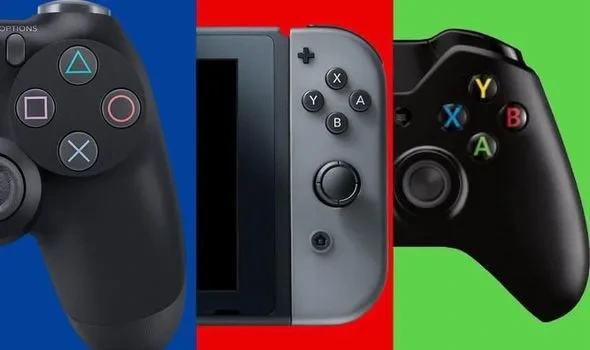
The “All-in-One” Blunder
The Xbox One launch in 2013 was aimed at transforming the console into an “all-in-one” entertainment system. However, the initial features sparked immense controversy. Policies like an always-online requirement for game authentication, and heavy restrictions on used games and game lending, were met with fierce negative feedback from the gaming community. Microsoft was seen as prioritizing digital rights management (DRM) and TV functionality over the core gaming experience. Competitors, particularly Sony with the PlayStation 4, capitalized on this by publicly embracing traditional, user-friendly policies, which became one of the best tips and tricks for winning over the gaming audience.
Microsoft listened and quickly reversed many controversial policies, under the new leadership of Phil Spencer. This change in direction was a critical moment in the history of Xbox. It was a humbling but necessary move that helped the brand regain a significant amount of trust, demonstrating a willingness to listen to its core audience.
The Mid-Generation Shift: Xbox One S and Xbox One X
To regain its competitive edge and address consumer choice, Microsoft released the Xbox One S in 2016, a sleek, affordable model with added 4K Blu-ray support. This was a crucial tips and tricks for competing in the mid-generation market. Then, in 2017, it introduced the Xbox One X dubbed “the world’s most powerful console” with native 4K gaming and enhanced hardware performance. These models provided options that pleased both budget-conscious users and performance-focused gamers. The Xbox One X was a statement of intent, proving that Microsoft could still deliver a powerful, premium gaming console.
The Birth of the Ecosystem
This generation marked the beginning of Microsoft’s modern gaming ecosystem. In 2017, Xbox Game Pass debuted, offering gamers a Netflix-style subscription to access hundreds of games instantly. This service was a true game-changer. It fundamentally altered the way people thought about game ownership, transforming it from a collection of purchased titles into a vast, accessible library. Coupled with cross-platform play between Xbox and Windows 10 PCs, Microsoft created a connected, flexible gaming experience that transcended traditional consoles. This focus on an all-encompassing ecosystem rather than just hardware became the defining tips and tricks of the brand’s modern strategy.
The Current Generation – Xbox Series X|S
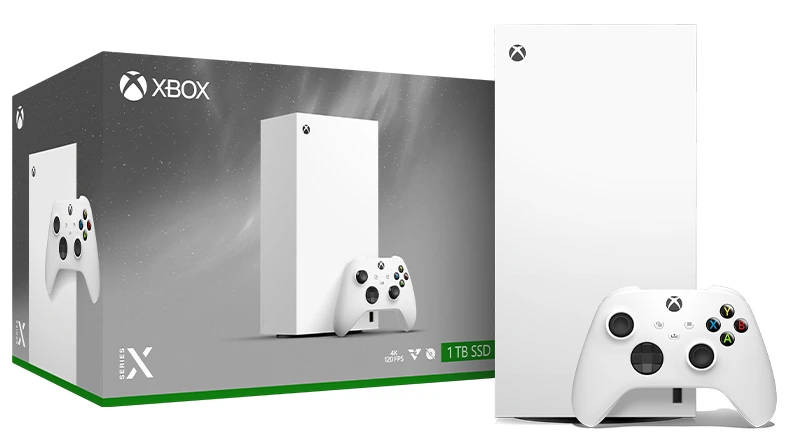
The Next-Gen Launch
In November 2020, Microsoft launched the Xbox Series X and Series S, strategically offering two consoles at different price points—a powerhouse for top-tier gaming and a more affordable, all-digital option for casual players. The Xbox Series X boasts a 12 TFLOPS GPU, a custom 8-core CPU, and a high-speed SSD, enabling 4K gaming at up to 120 frames per second. The Xbox Series S, a smaller and less powerful machine, targets 1440p gaming and is priced to be an accessible entry point into the next generation. This dual-console approach maximizes reach and user choice.
The Pillars of the Modern Xbox
Xbox Game Pass remains central to Microsoft’s strategy, consistently redefining gaming as a subscription service with a vast, regularly updated library. The service’s value proposition is undeniable, often hailed as one of the best tips for any gamer looking to save money while having access to a huge variety of titles, including new first-party releases on day one.
Additionally, Xbox Cloud Gaming (xCloud) leverages the cloud to allow gaming on various devices beyond consoles, thereby breaking traditional hardware barriers. Users can stream games to their phones, tablets, or PCs, bringing the Xbox experience to a truly mobile platform. Furthermore, these innovations continue to expand the accessibility and flexibility of the Xbox ecosystem.
Microsoft’s strategic acquisitions of major studios, including ZeniMax Media (Bethesda) in 2020 and Activision Blizzard in 2022, are a clear demonstration of their commitment to the ecosystem. These multi-billion-dollar deals bolster exclusive content and give Xbox a massive competitive advantage, ensuring a steady pipeline of blockbuster titles.
Did You Know? History of Xbox
- The best tips for early Xbox Live users was an original Xbox headset. The original Xbox Live service was a pioneer in integrated voice chat. To ensure every user could participate, Microsoft included a headset with every Xbox Live subscription kit. This simple piece of hardware fostered a sense of community that had previously been difficult to achieve on consoles and remains a defining feature of the brand’s social identity.
- The original Xbox’s internal development team dubbed their console the “DirectX Box.” The name Xbox was initially just a working title, a contraction from “DirectX Box,” highlighting its roots in PC gaming technology. The team preferred more conventional names like “Windows Entertainment Project,” but “Xbox” ultimately won out in focus testing for its memorable and punchy quality.
- Halo: Combat Evolved was originally planned for Apple. Before Microsoft acquired Bungie in 2000, Halo was in development as an exclusive real-time strategy (RTS) game for Mac OS. Microsoft’s acquisition of the studio and subsequent transformation of the game into a first-person shooter for the original Xbox was a monumental strategic move that directly led to the console’s launch success.
The Legacy of Xbox: A Story of Evolution
The history of Xbox is a story of continuous evolution, marked by both triumphs and setbacks. What began as a bold gamble by a PC giant has since grown into a global gaming force, a multifaceted brand that has pushed the boundaries of technology and business models. From popularizing online console gaming with Xbox Live to pioneering the subscription service with Game Pass, Xbox has consistently been at the forefront of innovation. Its journey from a chunky black box to a lean, cloud-powered ecosystem is a testament to its willingness to adapt, listen to its community, and make bold investments in the future of gaming. For anyone looking to understand the modern gaming landscape, knowing the history of Xbox is essential.
Explore the Full Xbox Universe
This article is just the beginning of your journey. Ready to uncover the full story? Visit our main Xbox hub for everything you need, with deep dives into the console’s history, top games, and all the features that make it a gaming powerhouse.
Frequently Asked Questions About History of Xbox
What was the original purpose behind creating the Xbox?
Microsoft aimed to protect the PC’s place in home entertainment and challenge Sony’s PlayStation 2 dominance by creating a console built on PC technology. The company feared that gaming consoles would erode the PC’s presence in living rooms.
When was the Xbox first released?
The original Xbox launched on November 15, 2001, in North America, followed by Europe and Japan in 2002. It was the first major American-made console since the Atari Jaguar.
What is Xbox Live, and why was it important?
Xbox Live, launched in 2002, was a pioneering online gaming network that allowed multiplayer games, voice chat, and community building. It was the first to offer a seamless, integrated online experience, setting a new standard for console gaming.
What was the “Red Ring of Death”?
The “Red Ring of Death” was a widespread hardware failure affecting early Xbox 360 consoles. It was a critical error symbolized by red lights on the console, which Microsoft addressed through an unprecedented and expensive extended warranty program.
How did Kinect change Xbox gaming?
Kinect introduced motion and voice controls, broadening gaming accessibility to families and casual players by eliminating the need for traditional controllers. While not a commercial success with core gamers, it was an ambitious technological effort to expand the console’s audience.
What was controversial about the Xbox One launch?
The Xbox One initially required an always-online connection for game authentication and had strict limitations on used games. This upset gamers who felt the console was prioritizing DRM over their ownership rights, leading to a significant market backlash and a swift policy reversal by Microsoft.
What is Xbox Game Pass?
Xbox Game Pass is a revolutionary subscription service that gives members access to a rotating library of hundreds of games to download or stream. It has become the core of Microsoft’s modern gaming strategy, offering incredible value to players.
What is the best tips for getting into the Xbox ecosystem today?
The best tips for anyone new to Xbox is to subscribe to Xbox Game Pass Ultimate. This single subscription provides access to a massive library of games on console, PC, and cloud streaming, including new first-party releases on day one, offering unparalleled value.
How have Microsoft’s acquisitions affected the history of Xbox?
Microsoft’s acquisitions, particularly of ZeniMax (Bethesda) and Activision Blizzard, have allowed the company to significantly expand its library of exclusive games. This strategy is key to the modern Xbox ecosystem, ensuring a steady stream of high-quality titles.
What is the difference between the Xbox Series X and Series S?
The Xbox Series X is the more powerful console, designed for 4K gaming with a disc drive. The Xbox Series S is an affordable, all-digital alternative that targets 1440p gaming. They offer different entry points into the same next-generation ecosystem.
History of Xbox Conclusion: A Legacy of Innovation and Adaptation
The history of Xbox is, without a doubt, a remarkable journey; initially a daring challenge, it gradually evolved into established industry leadership and has since blossomed into a multifaceted gaming ecosystem. Moreover, Microsoft’s unwavering commitment to innovation, combined with its ability to learn from setbacks and make bold investments in technology and community, has ultimately propelled Xbox to a dominant position in the gaming world. More than any single console, Xbox’s success lies in its robust ecosystem—a dynamic platform shaping not just the present but the future of gaming worldwide.
